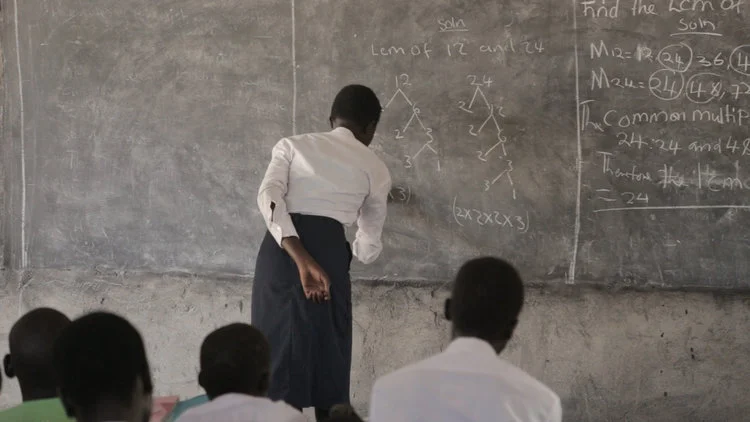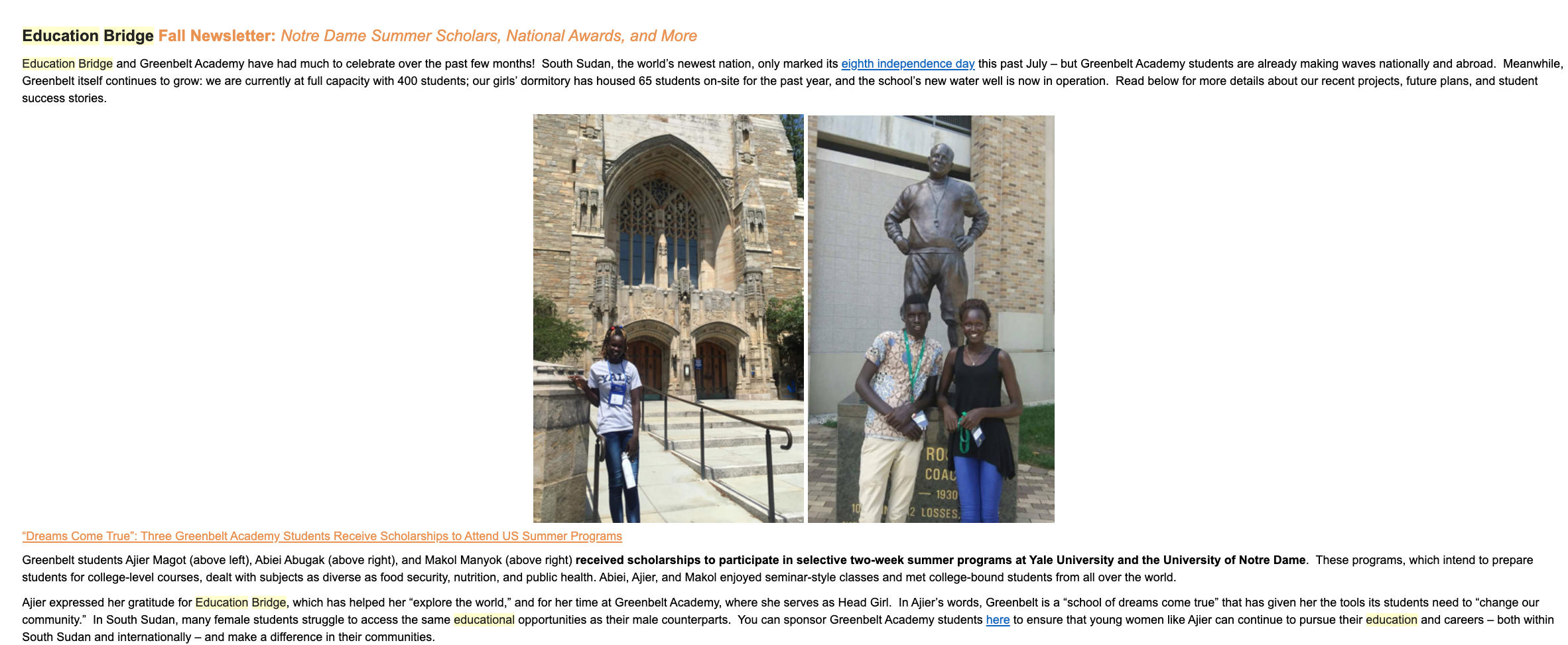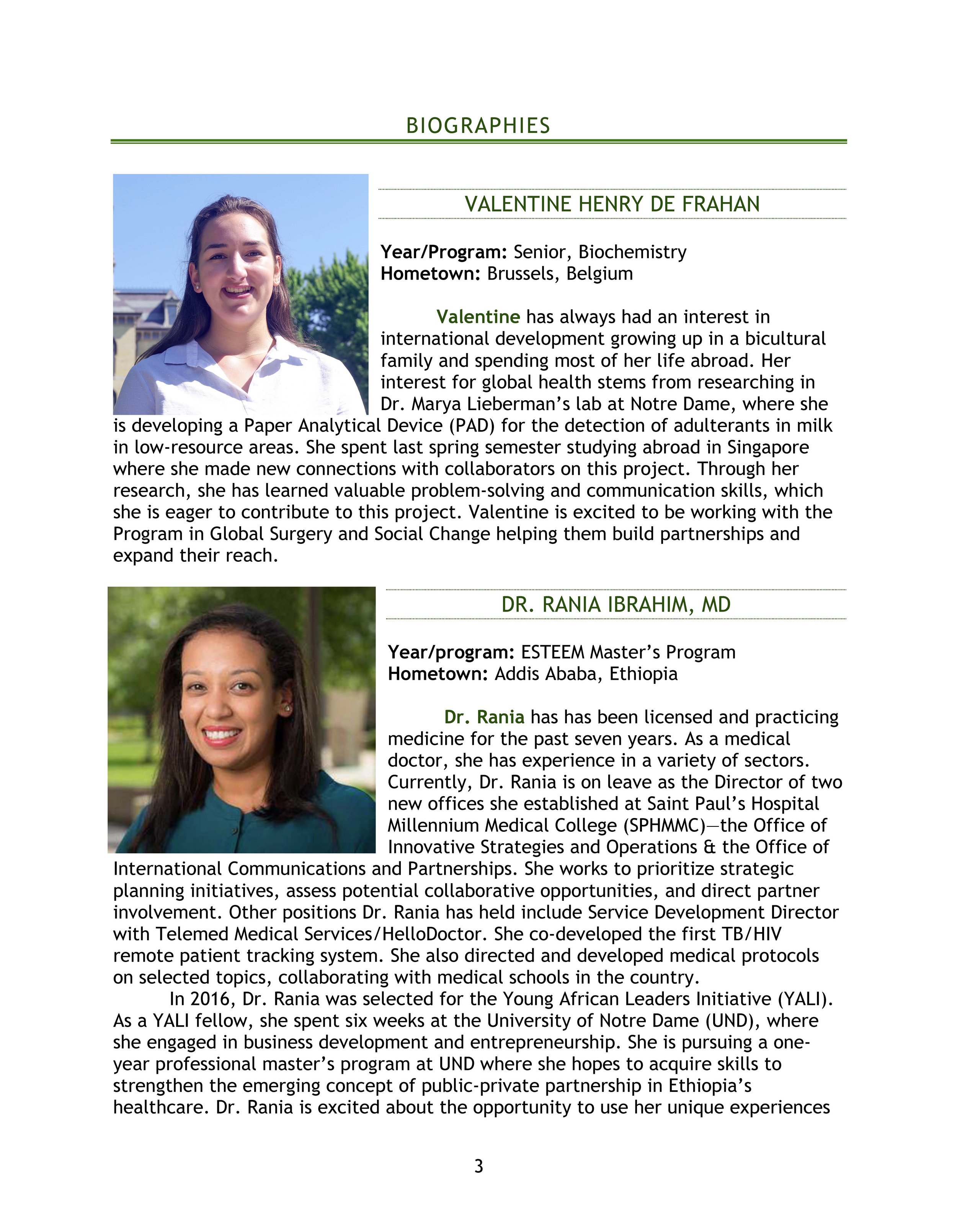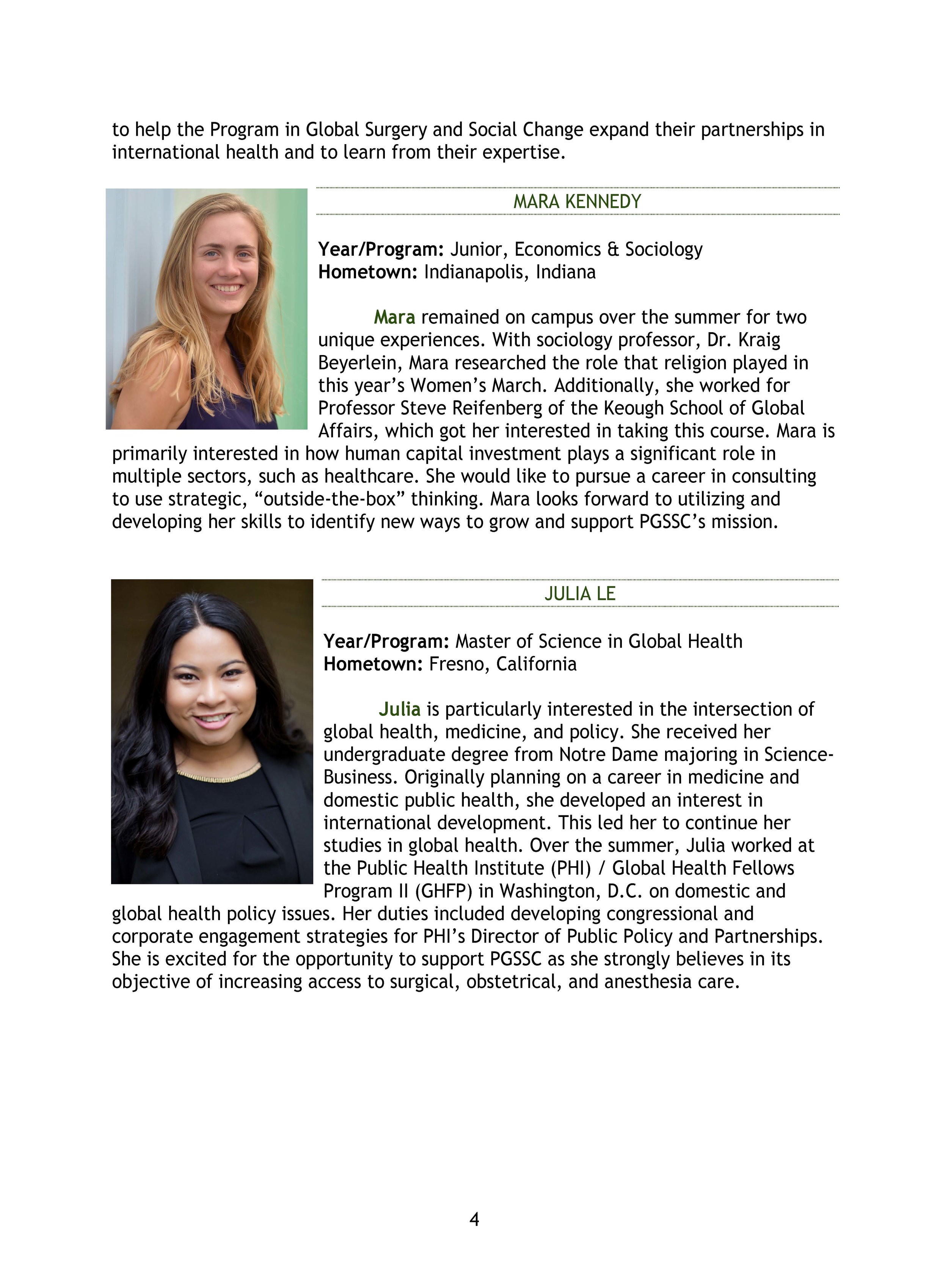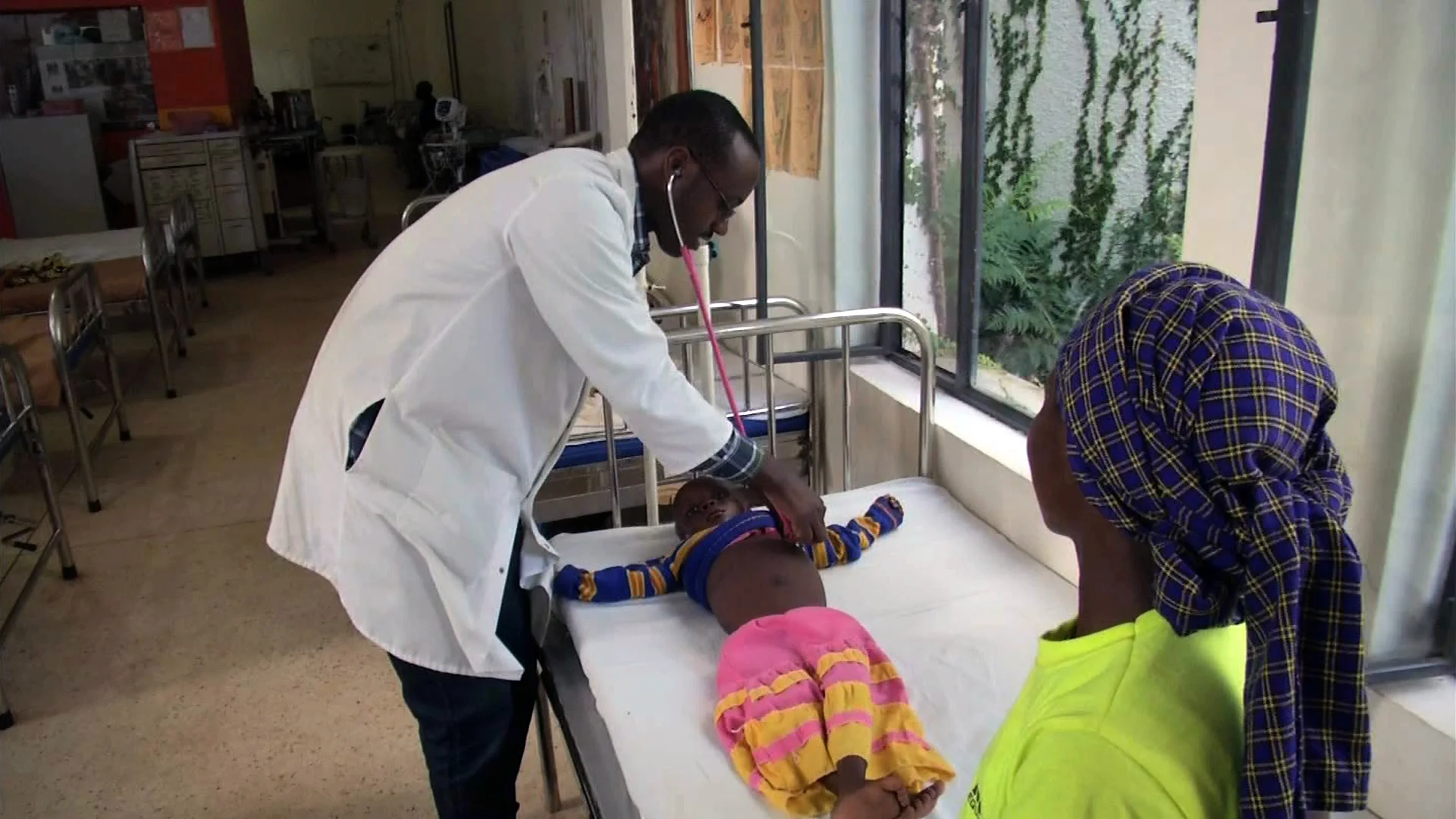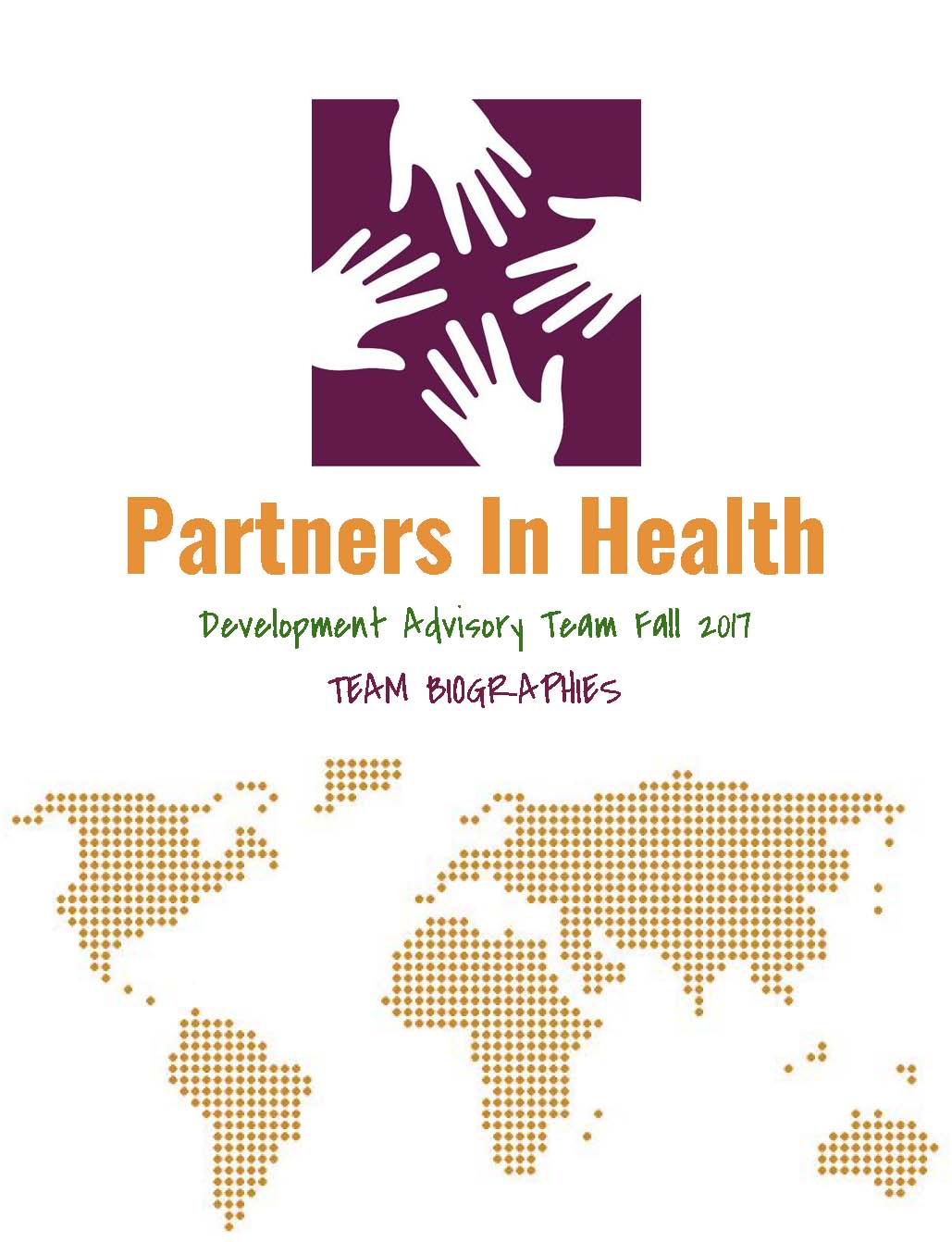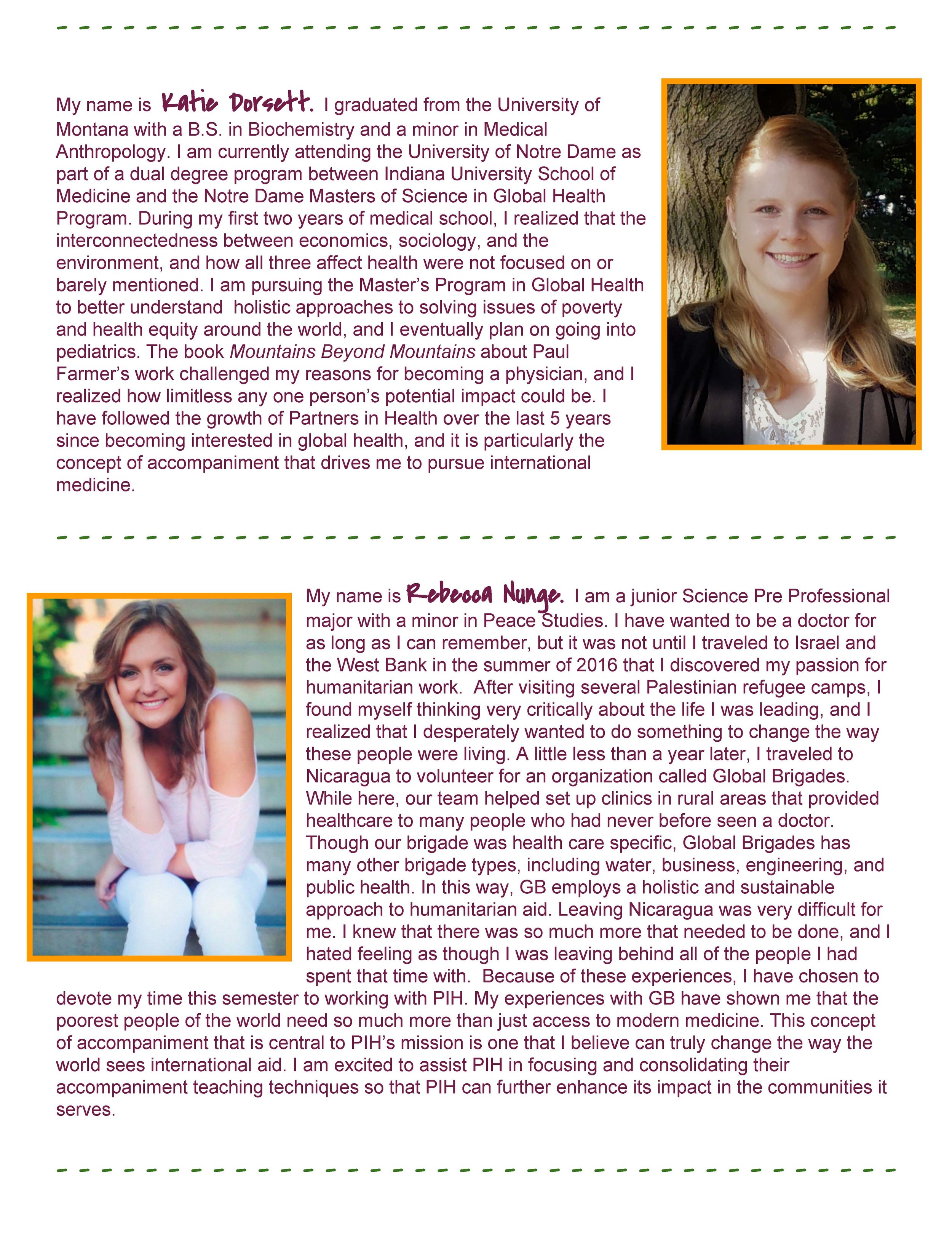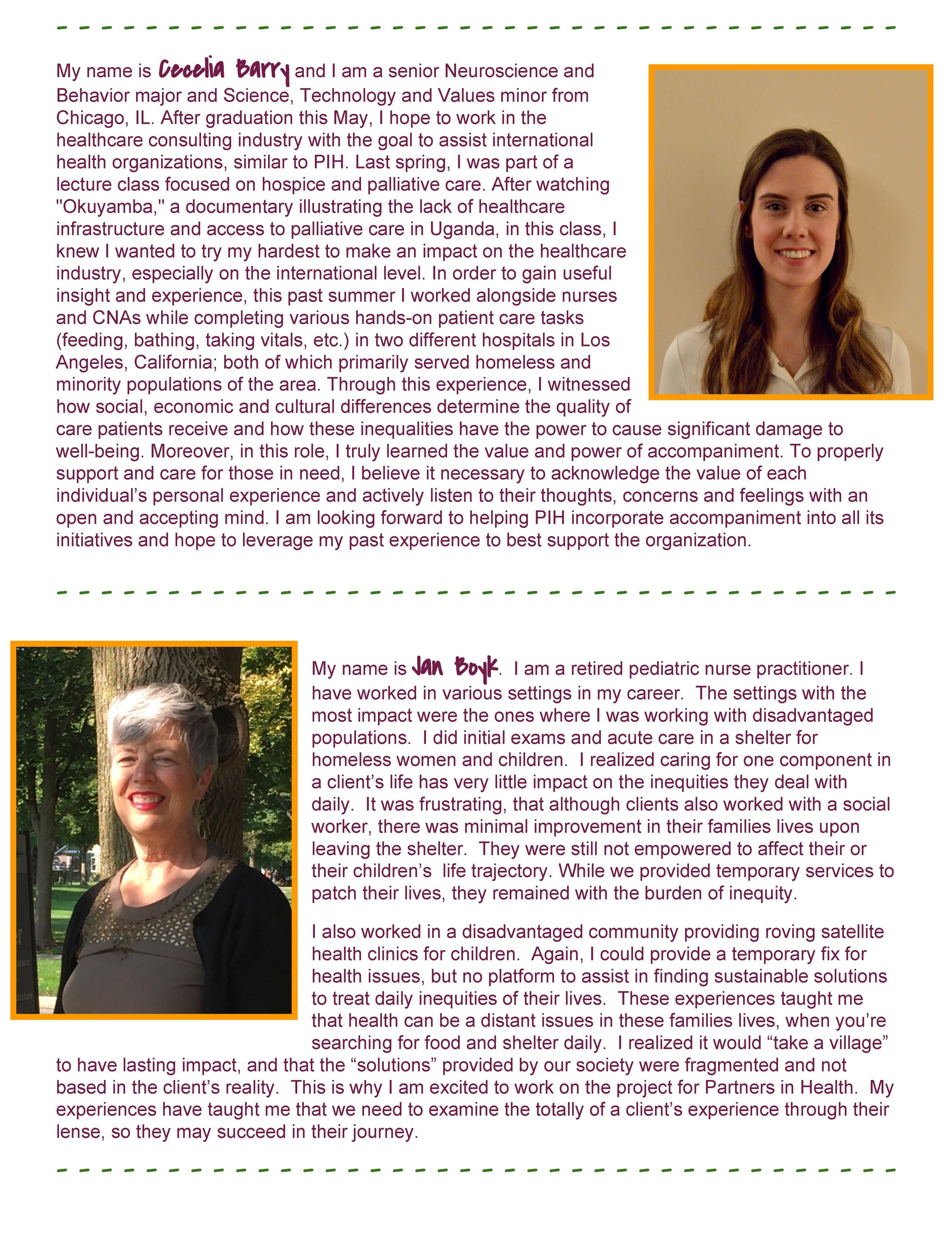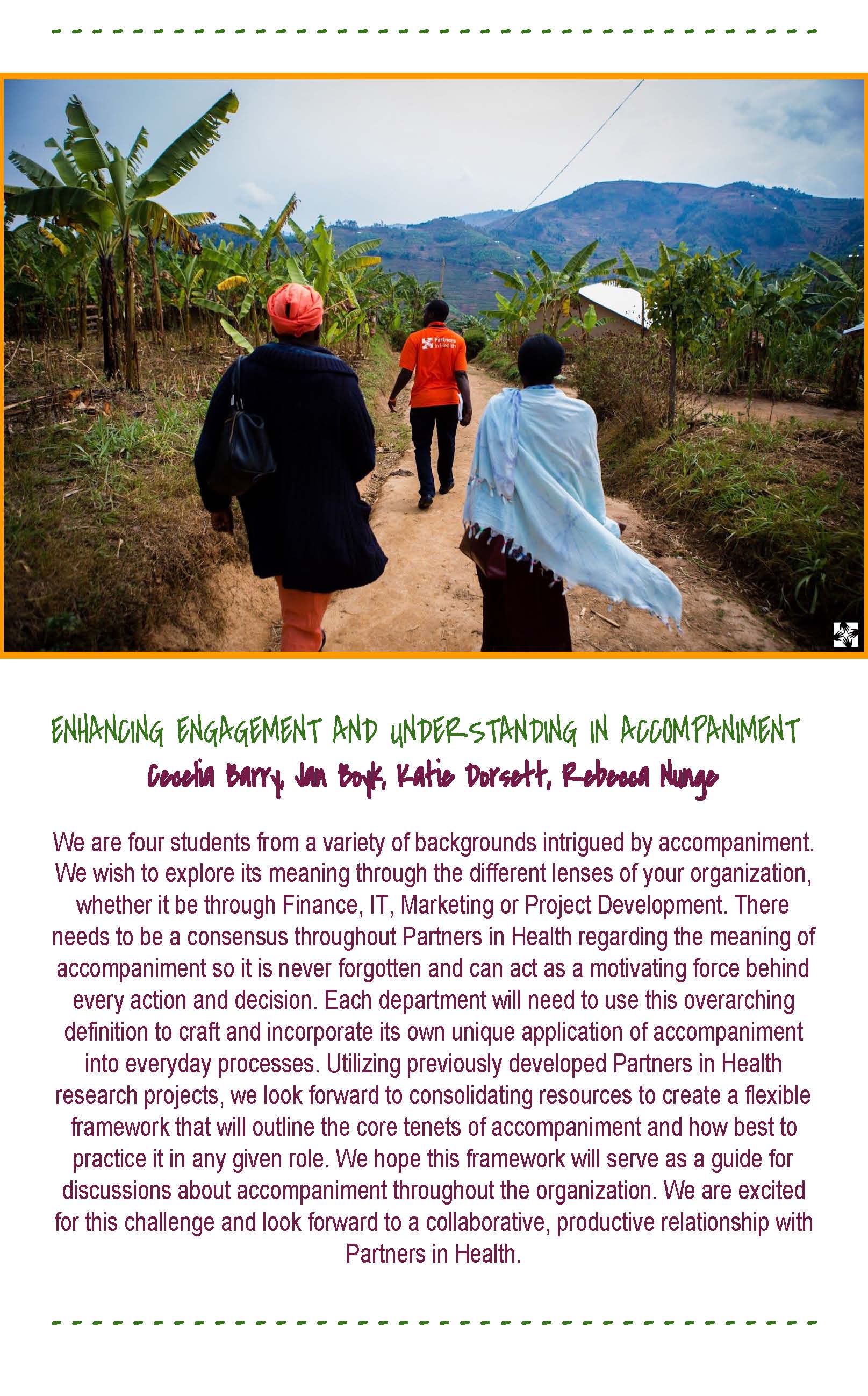Client Profile
Oxfam is a global movement of people working together to end the injustice of poverty. With 70 years of experience in more than 90 countries, Oxfam takes on the big issues that keep people poor: inequality, discrimination, and unequal access to resources including food, water, and land. We help people save lives in disasters, build stronger futures for themselves, and hold the powerful accountable.
In 2013, Oxfam launched the Behind the Brands (BtB) campaign to challenge the ‘Big 10’ food and beverage companies on their social and environmental policies and practices, and to amplify the voices of key stakeholders such as farmers, workers, communities, consumers and investors calling on them to take action. The Big 10 companies include: ABF/Illovo, The Coca-Cola Company, Danone, General Mills, Kellogg, Mars, Inc., Mondelez, Nestle, PepsiCo, and Unilever.
Over the last few years of the campaign companies have made significant new commitments to improve social and environmental standards in their supply chains. Oxfam is currently planning deepened engagement with companies to ensure that their business units and suppliers make progress in line with commitments, and to accelerate the transformation towards a more sustainable, equitable food system that empowers in particular smallholders and women (“BtB 1.1”). We additionally aim to encourage all supply chain stakeholders including the Behind the Brands companies to go further and to adopt new business models that ensure that more of the power and the value reach the farmers and workers within the chain, in particular women farmers and smallholders.
Definition of Problem
The aim is to catalyze transformational change from the company all the way down to the farm in source countries. It includes four intertwined strategies: 1) Engagement with companies on implementation of commitments; 2) Extend commitments to associated traders in company supply chains; 3) Drive transformative change, hold companies accountable, and create new models for change in six target countries; and 4) Establish better food sector governance. The target countries include Brazil, Ghana, India, Indonesia, Malawi and Thailand.
The proposal is for a team of students to conduct research and evaluation activities that support the BtB 1.1. Monitoring, Evaluation and Learning (MEL) framework. The MEL framework allows Oxfam to track the impacts of commitments down to the ground in priority countries. The overall objective is to reach and begin improving the lives and livelihoods of millions of small-scale producers, workers and communities by 2020, with specific milestones identified for the key themes (gender, climate, land, small-scale producers); by strategy (company engagement, trader engagement, country engagement and global agrifood systems).
The aim not just to monitor Oxfam performance, but to contribute to the emerging field of how corporate contributions and supply chain engagement makes a difference on the ground and in particular in the lives of poor people, and in particular the rural poor (farmers) and women. The MEL framework is designed to demonstrate progress towards exploitation free, more equitable supply chains, in a way that documents both actions attributable to Oxfam and broader changes catalyzed by these actions that are instrumental in shifting key company, trader and supplier practices towards a future that is exploitation free and more equitable. The framework establishes rigorous indicators that demonstrate or document the number of people reached by Big Ten brand companies and traders, and better protected in theory by corporate-level commitments (e.g. all producers/workers in their supply chains); the number of people reached by implementation of these commitments in priority countries, including those better protected through national level private sector or governmental enabling policies, and those directly engaged by Oxfam country offices; and impact evaluations that demonstrate that the approach of implementation of supply chain commitments leads to positive benefits for producers, workers and communities in priority countries.
We believe that the ability to measure progress, and demonstrate the social and environmental impact of company commitments will not just be of value to Oxfam, but for other organizations and institutions such as foundations, governments and aid agencies that have invested in market based approaches—and, to the global companies that have made significant commitments.
Initial Ideas & Options
The Notre Dame team will trace the sugar value chain in India and/or Brazil from top (focusing on BtB companies Coca Cola and Pepsi) to bottom (following company impact assessments to the local communities affected by corporate commitments.) All work will be carried out in coordination with Oxfam program and MEL staff.
More specifically, the team will over the semester do a literature review exploring:
1) Produce commodity profiles for each of the three commodities (sugar, palm oil, and cocoa) in India and Brazil. The profiles should examine social, economic, environmental and political risks for each commodity in India and Brazil. They should include data on: total number of producers, total number of women and women smallholders in the supply chain, associated emissions, and reported land conflicts. The profile should characterize commodity production at the national level, and highlight key issues for land, gender, climate and smallholders.
2) Assess the extent to which the policies of BtB companies and a selection of their traders differ at the global and national levels. This baseline diagnostic of company commitments involves desk research – to be conducted prior to commencing fieldwork – and the team will source publically available documents with assistance from Oxfam staff. This comprehensive diagnostic will inform company engagement efforts, in signaling where gaps exist between global commitments and action in-country and with traders. A goal of BtB 1.1 is to ensure national policies reflect best practice.
This initial review process will serve three key purposes: 1) it will be a source of baseline data for the program MEL framework; 2) it will provide Oxfam with information it needs in its influencing efforts with the companies; and 3) it will provide the Keough School's i-Lab Global Partner Experience (GPE) team with an understanding of the company action plans and national-level variation, which will inform their later fieldwork. The diagnostic should consist of a matrix with an accompanying narrative. The deliverable may include:
- Data and indicators: Estimate the number of producers and local communities in company supply chains, if possible disaggregated by small-scale producers and by gender.
- Help map the best pathways forward for the GPE team working with Oxfam in 2018
Definition of Success
Our Behind the Brands teams in both countries are now in the final stages of planning multi-year interventions. We look forward to working with a team of master’s students in 2018, and to work this coming semester engaging with an undergraduate team on the background research and content of this proposal. We welcome ideas for how to ensure students have the most meaningful experience.
Development Advising Team


